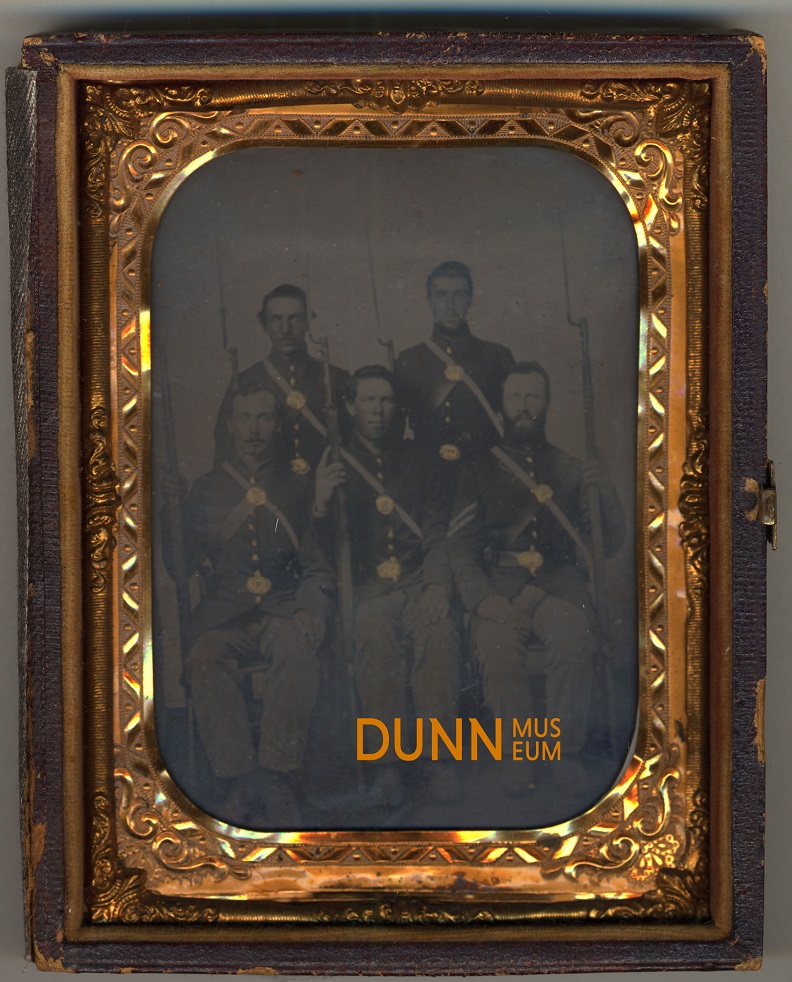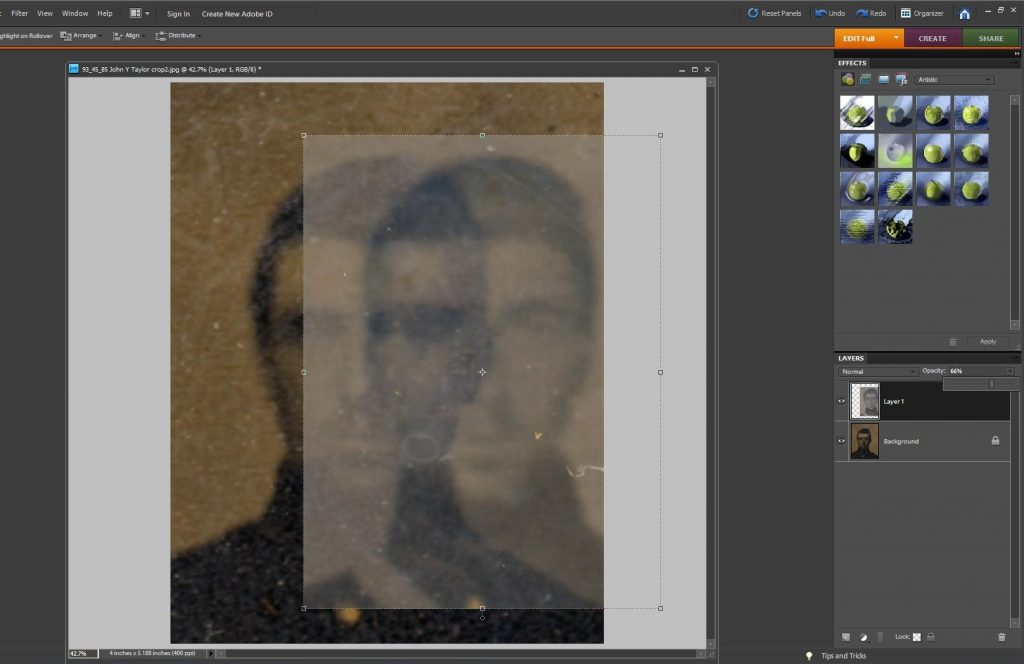Historian’s Toolkit: Identifying 96th Illinois Soldiers
 Diana L. Dretske authored The Bonds of War: A Story of Immigrants and Esprit de Corps in Company C, 96th Illinois Volunteer Infantry which is part of the Engaging The Civil War Series with Southern Illinois University Press. Today, she shares about her research process for this new book!
Diana L. Dretske authored The Bonds of War: A Story of Immigrants and Esprit de Corps in Company C, 96th Illinois Volunteer Infantry which is part of the Engaging The Civil War Series with Southern Illinois University Press. Today, she shares about her research process for this new book!
A cased photo tintype of five Union soldiers in the collections of the Bess Bower Dunn Museum of Lake County, Illinois led me on a journey to recover their identities and to tell their story.
In 2012, when the photo tintype came off exhibition, I assessed its condition to prepare its return to archives storage. The tintype had been donated in 1962 by Leland W. Simmons during the Civil War Centennial. Simmons identified only one of the five men—his grandfather, Scottish-born, Edward Murray (1828-1900), who had enlisted in Company C, 96th Illinois. It was clear the family had treasured this heirloom by how the edges of the case were worn from handling.

Researching their identities was the least I could do for these men who had fought for the Union.
I turned to the History of the 96th Regiment Illinois Volunteer Infantry, a handsome volume which includes portraits of the regiment’s officers and many of the enlisted men. I paged through the portraits of Company C’s members, comparing their faces to the men in the portrait. This method was not ideal, considering that a number of the photos submitted for the history were taken later in life with the men wearing full beards or looking feeble with age.bo
I examined a couple of the images using Photoshop to layer the photos and see if their facial features lined up. The process involved scanning the images and altering the level of opacity to create transparencies. Though some of my colleagues found the ghostly images “creepy,” the method did help me to confirm two of the men’s identities.

Ultimately, it was Edward Murray himself who gave the best clue to his comrades’ names. Murray’s harrowing experience of being wounded and paralyzed at the Battle of Chickamauga on September 20, 1863, is well documented in the regimental history. I decided to revisit this account and re-read a booklet of his war memories published in the late 1890s. In A Soldier’s Reminiscences, Murray lists four men who went with him on September 2, 1862 to begin drilling in Waukegan, Illinois as they prepared to muster-in with the 96th Illinois.
I cross checked the names in the regiment’s history, census records, county histories, and county atlases, and found that all the men had lived in the same neighborhood as Murray and were immigrants from the British Isles. I now confidently identified them as follows: Seated, left to right: William B. Lewin (England), Loughlin Madden Jr., (Ireland), Edward Murray (Scotland); standing, left to right: James B. Murrie (Scotland) and John Y. Taylor (Scotland).
The group portrait was taken at Camp Fuller, Rockford, Illinois, where the 96th Illinois trained along with the 74th, 92nd and 95th Illinois. The photo was taken after they had been issued uniforms and their outfits completed and before Edward Murray was given a leave absence in anticipation of the regiment’s departure for the war front. This placed the date of the photo somewhere between September 21 and October 4, 1862.
One hundred years after Edward Murray and his comrades took the commemorative portrait, and fifty years after it was donated to the county history museum, the identities of all five men were recovered. It’s remarkable the doors that are opened by putting names on faces in a portrait. These men can now be remembered for their contributions as immigrant soldiers in the preservation of the Union.
What an interesting way to discover otherwise unidentified images. Did your commenters who found the transparencies “creepy,” tell you why they felt that way? I think they are amazing. And very evocative.
Thank you! I found the process worked remarkably well, even when the result was that the images did not match. I’m not sure what all the fuss was about, although I suspect those folks are uncomfortable with ghosts.
Nice work!
Thank you!